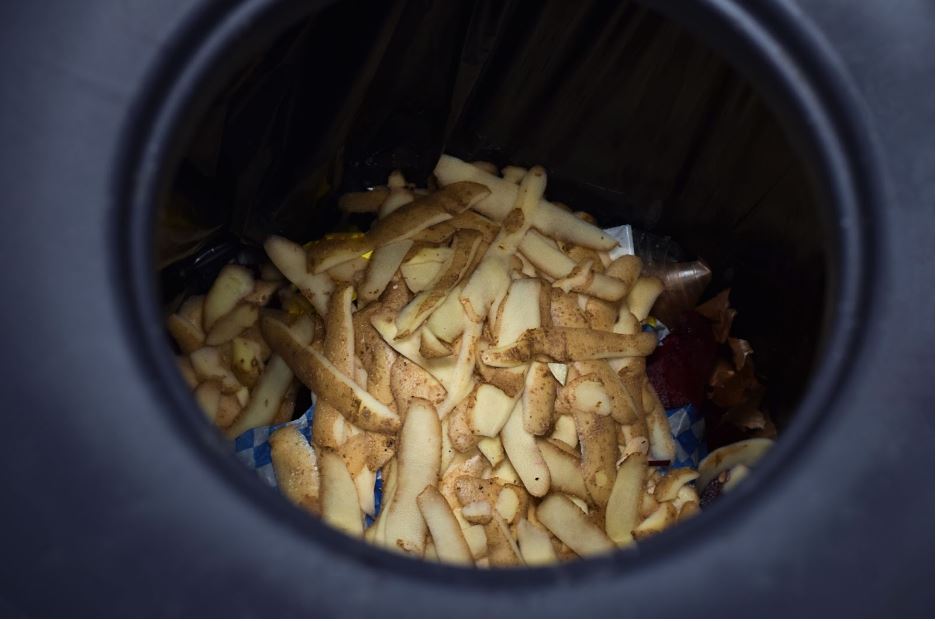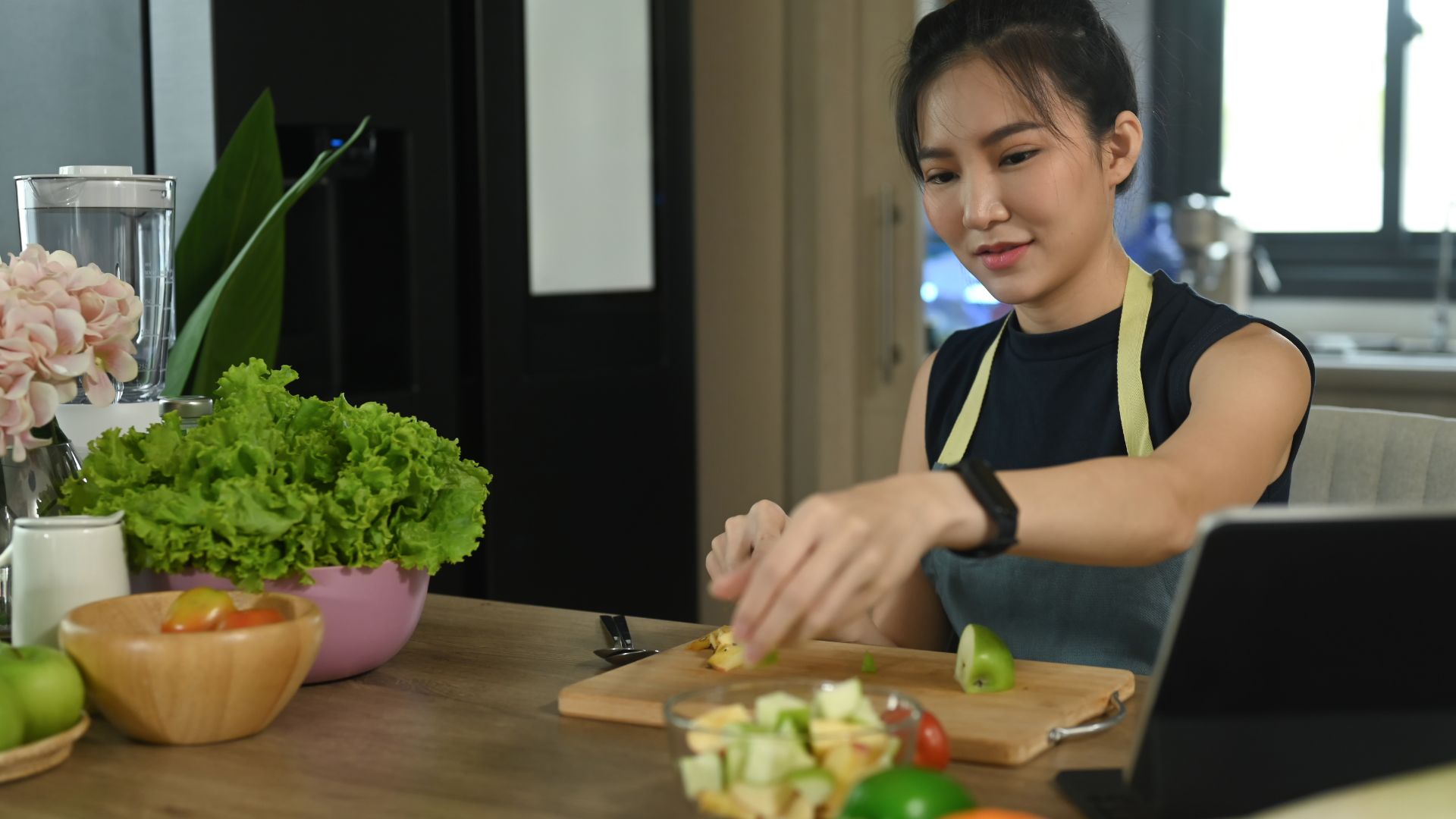Billions of pounds of food are thrown away each year; according to the Food and Agriculture Organization of the United Nations (FAO), about a third of the food produced worldwide winds up in the trash.
The majority of waste in industrialized nations is produced by people who buy excessive quantities of food and discard it when they haven’t eaten it. In the poor world, inefficiency and a lack of adequate storage are the main causes.
Food waste is a serious problem all around the world, but there are many ways to reduce your food waste at home. Utilizing more odds and ends of the produce you buy is one of them, and it could boost your nutrition.
You may eat plenty of fruit and vegetables, but could you be throwing away the best bits? Here are 10 parts of fruits and vegetables that you should reconsider throwing in the bin:
1. Outer Cabbage Leaves

The highest concentrations of vitamin A, which support vision, immunological function, and fertility, are found in the darker, rougher outer leaves of the cabbage. Additionally, chlorophyll, which has a ton of antioxidant capabilities, is more abundant in the outer green leaves.
How to consume: To find out how many layers you can add before the leaves become too fibrous for you, count how far you can spread the leaves from the core. Chopping these leaves as thinly as you can and adding them to casseroles, recipes that cook for a bit longer, and slow-cooked meals.
2. Potato Skins

Lipoic acid, an antioxidant that might maintain normal blood sugar levels, is abundant in potato skin. Additionally, potato skins have 10 mg of vitamin A per 100g, compared to none in the flesh. Additionally, it has seven times more calcium, twenty times more iron, and twice as much vitamin B3 and B6 as the flesh within.
How to consume: Use the leftover skins to make baked potato skins by coating them in extra virgin olive oil or coconut oil and baking them. Additionally, you can roast, bake, and make mashed potatoes with the skins still on (just use a vegetable brush to remove any dirt).
3. Pumpkin Skins

According to a 2010 study from Korea, pumpkin skins are an advantageous complement to a balanced diet to protect against conditions like candida overgrowth and yeast infections.
How to consume: When roasting a pumpkin in the future, leave the skin on! Alternately, season the leftover pumpkin skins with salt, pepper, and olive oil. Bake in the oven for golden brown results. The skin of some pumpkins will be more durable than others.
4. Broccoli Leaves and Stems

Broccoli stems and leaves have five times as much vitamin A as the florets and are heavy in calcium and folate. They also contain a lot of indole-3-carbinol, a potent phytochemical with anti-inflammatory and anticancer properties.
How to consume: Broccoli stems can be sliced and used in casseroles and stir-fries, as well as juices, salads, and stir-fries. The leaves can also be included in soups or stir-fries.
5. Kiwi Fruit Skin

The skins contain three times as many antioxidants as the fruit within, and studies suggest that they may encourage the growth of beneficial Lactobacillus and Bifidobacterium species in the gut.
Enjoy it just as is! If the hair bothers you too much, chop off the fruit’s hard ends and moisten the skin. Whole kiwis can also be included in smoothies.
6. Pineapple Core

The core of a pineapple is tough, but it’s also loaded with bromelain, an enzyme that aids in digestion and can help reduce inflammation, including reducing the risk of cardiovascular disease and boosting the immune system.
How to consume: Save the core and eat it normally, or juice it. Add it to your smoothies, or use it to infuse water.
7. Beet Greens

Beet leaves, which are frequently thrown away, are rich in nitrates, which are transformed into nitric oxide, a substance that aids in lowering blood pressure and enhancing oxygenation and blood flow in the body. The earthy, sweet leaves are a fantastic source of calcium, vitamin B vitamins, and chlorophyll.
How to consume: Add the greens to stir-fries, curries, soups, or juices to make them easier to eat.
8. Citrus Peels

Citrus fruits, such as oranges, mandarins, grapefruits, limes, and lemons, have skins that are high in vitamin C, potassium, calcium, and magnesium, as well as antioxidants. Citrus fruits’ skin contains a substance called limonene, which has been demonstrated to have antiviral, anticancer, and anti-inflammatory properties.
How to consume: Grate all of your peels and add them to salads, smoothies, or protein balls for eating. You can also brew a cup of honey lemon tea with whole lemon slices, skins included, if you’re feeling under the weather.
9. Banana Peels

In addition to being a strong source of tryptophan, an amino acid that aids in the body’s production of the feel-good hormone serotonin, banana peels are also a wonderful source of iron, calcium, and magnesium.
Additionally, they contain many antioxidants, including lutein, which is beneficial for eye health. (Spoiler alert: they’re fantastic for your skin, too.) While this one is a little more esoteric, you can use those thin banana peels to consume it!
How to consume: You may either add the peel to smoothies or simmer it for 30 minutes before drinking the water.
10. Carrot Peels

Carrot peels don’t need to be removed because they contain a lot of nutrients. Carotenoids, antioxidants that are helpful for your immune system and eyesight, are actually present in 42% higher concentrations in unpeeled carrots than in peeled ones. Additionally, unpeeled carrots include seven times more phenolic acids than peeled ones, which are antioxidants that aid in the body’s scavenging of free radicals.
How to consume: Just give your carrots a quick rinse under water before using them as usual.
By using these fruit and vegetable scraps, you can reduce waste and add a nutritional boost to your meals. So the next time you’re about to throw away the tops or peels of your produce, think twice and consider incorporating them into your cooking instead.
Cooking with more parts of the plant is an easy way to reduce food waste while significantly upping your nutrient intake—a win-win for you and the planet.









